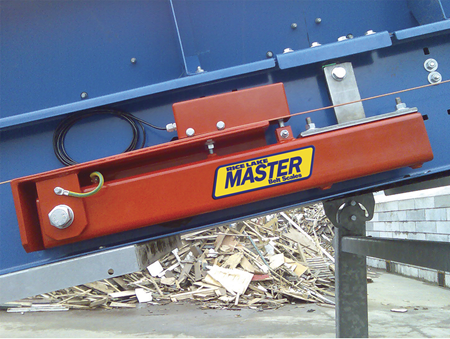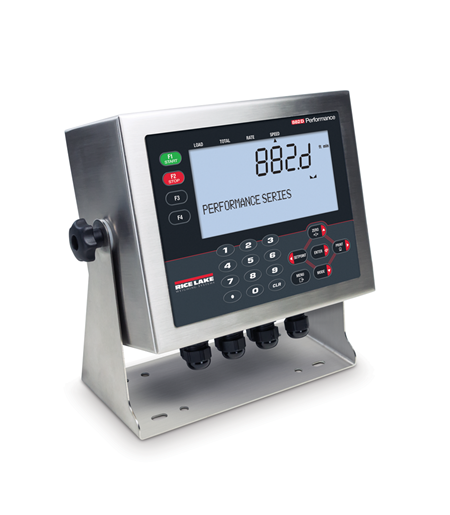Is the website displaying in the correct language? Please confirm or select a different language.
Your region has been set automatically. Please confirm or select a different region.

Belt Scale Basics
Belt scale systems are used to monitor material flow rate at a variety of work sites including mines, quarries, bulk material blending and processing facilities, and truck, rail or barge load-out sites.
How Do Belt Scales Work?
Belt scale weigh frames are installed on conveyor belts to ensure accurate and consistent material flow rates. Conveyor belts are supported by weigh frames that consist of load cells, rollers or idlers resting on the load cells, and speed sensors typically installed in tail pulleys on the conveyor belt.
As material is carried on the conveyor, the load weight is measured by the load cells while speed and distance are collected by the speed sensors. This data is processed by the integrator and typically displayed as pounds or kilograms per hour and total weight, usually displayed in tons.
Operators can control the flow of material to keep the supply to production lines consistent. Weigh frames are connected to weight integrators or process controllers that can communicate to PLCs and peripheral equipment such as computers and printers.
Calibrating Belt Scales
If the material weighed on your belt scale is sold based on weight, you should contact a certified scale technician to perform regular inspections and calibrations as required by your local weights and measurements agency. A zero calibration should be performed daily; this is done by running the conveyor belt while it is empty to check the load cells and indicator register no weight on the scale.
Material Comparison Calibration
To calibrate a Legal for Trade belt scale, you must perform a material comparison calibration. For this method, you need access to a certified scale such as a truck scale or a railroad scale. Material that passes over the belt scale must be weighed on the certified scale either before or after it’s weighed on the belt scale.
Use enough material for the belt scale to run for a minimum of 10 minutes or match the load obtained at maximum flow rate in one revolution of the belt to meet local agency requirements. After the material weight has been compared on both scales, a span adjustment can be performed on the belt scale to match the certified vehicle scale.
Static Test Weight Calibration
For belt scales being used primarily for inventory tracking or as control systems, a static test weight calibration is the easiest calibration method. Belt scales require specialty calibration weights due to their unique structure. Some systems allow weights to be semi-permanently attached to the weigh frame so the weight can be applied to the load cells as needed. For belt scale systems that don’t have this option, you must use a hanging weight set to check the load cells without the conveyor running.
Learn about Rice Lake’s belt scale offering or consult with one of our experts to determine the best solution for your application.




 My Account
My Account


